Inti Raymi – Festival of the Sun
Goodness – 4 whole months now in my new Ecuadorian home, yet…
What with settling in here at 8,000+ feet in Cuenca, diligently expanding my rusty Spanish, exploring my new neighborhood in El Centro (did-I-mention, a UNESCO World Heritage site?), and getting serious about securing a long-term residency visa (no small chore, in both time and dinero)…
Not to mention the fact that – in retrospect – I’d all but worn my wanderlust thin skipping all over Asia (including Vietnam, Cambodia, Sumatra, Thailand, Mongolia, Laos, Singapore, Australia, Nepal, Malaysian Borneo and Myanmar – the latter two I’ve yet to share my gazillion pics and tales of Pygmy elephants, organgatans, gambling in the streets of Yangon, the 3,000 temples at Bagan, etc., etc., etc.), which…
Has all but made me inert here, and reveling in the joys of simply STANDING.STILL for a change.
All which is to say – I’ve been uncharacteristically stationary these past few months, but I’m now itchin’ to at least explore a bit further afield than the cobbled streets of Cuenca.
And in that spirit, the annual June 21st solstice has always held a soft spot in my heart no matter where I roam. So when I heard about the Inti Raymi festival taking place at the Ingapirca Inca ruins just a couple hours drive north of Cuenca – I was eager to see what the “Festival of the Sun” was all about.
In the U.S. of course, the Summer Solstice marks the longest day of the year (yay!), but interestingly…
Living here “downunder” (beneath the Equator), I’m still getting used to reverse seasons (even if I am perched on the top of a mountain, where the temps remain fairly constant, between 50F – 70F year ’round). And come to find out (well duh!) the June 21st solstice here is actually the SHORTEST* day of the year and thus the start of WINTER!
(*Note: “shortest” in this case is negligible as the length of day at the Equator varies little more than a few minutes year round.)
Winter/Summer no matter – a visit to the annual Inti Raymi Festival of the Sun seemed the perfect way to gingerly hop back on the trail again (if only for a day excursion) and begin to explore my Andean surroundings.
I opted to head out by private van with a bilingual Ecuadorian lad by the name of Carlos Ortega. With two vans of expats plus a handful of traditionally attired (complete with walking sticks festooned with peacock feathers) indigenous folk, the cost for the day was just $20 pp. Once beyond the sprawling red-tiled roofs of Cuenca, we wended our way through hairpin mountain turns, gawking at the rolling valleys dotted with lamas and quaint red-roofed casitas.
Arriving in Ingapirca, the food vendors were already setting up tents and grilling whole splayed pigs for the traditional “hornado” (roast pig). And soon we had entry tickets ($2 with a cedula – which I hope to have in a week or two, else $6, else half price $3 for dodderin’ folks like me) plus an English-speaking guide to take us through the ruins to the sun temple.
The weather was clear and sunny, the setting idyllic, and the ruins most fascinating. It was truly amazing to see the precisely chiseled stonework – the hallmark of the Incas – each stone snug against the next, with no mortar and barely a hair’s space between the seams.
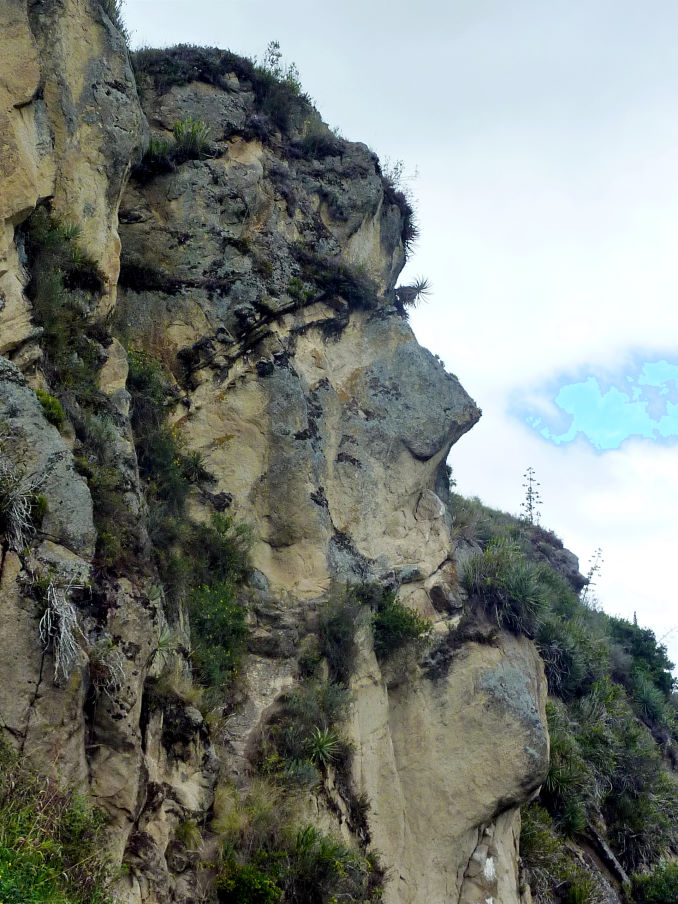 After touring the ruins, some of us opted to do a short hike to see the “Inca Face” tucked away down a 1/4 mile trail.
After touring the ruins, some of us opted to do a short hike to see the “Inca Face” tucked away down a 1/4 mile trail.
Later, we sampled the Ecuadorian “canelazo” – a delicious lemony cane liquor served warm. I had two pink-tinted cups of it, and… suffice at 10,000+ feet, I was swiftly feeling a bit of a buzz.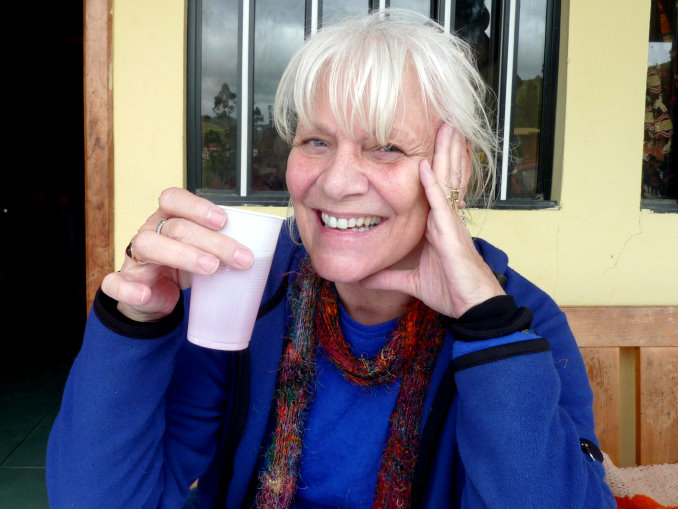
Check out a bit of history of the Festival of the Sun, along with an assortment of pics I snapped in the slideshow below:
| Inti Rami – Festival of the Sun |
|---|
| Inti Rami or “Festival of the Sun”, falls on June 21 or 22, the date of the southern hemisphere’s winter solstice, the shortest day of the year. Indigenous communities throughout the Andean highland countries of South America celebrate the winter solstice with ceremonies designed to bring the Sun back and shorten the longest nights. Incan in origin, Inti Raymi honored the sun as the source of light, heat, and life, and celebrated the start of a new planting season. The name Inti Raymi comes from the Quechua language: Inti means “sun” and raymi means “festival”.
The last Inti Raymi with the Inca Emperor’s presence was carried out in 1535, after which the Spanish and the Catholic priests banned the celebrations because they were pagan and contrary to the Catholic faith. As conversions of the native people to Christianity began, the ceremonies were kept hidden, but did not end entirely. The Spanish, realizing the risks and futility in trying to completely remove a religious celebration, moved it a few days later to match the date of their Catholic feast of St. John the Baptist. This gave them an excuse to allow the celebrations to continue as well as helping to indoctrinate the Incas to the ways of Christianity. Thus Inti Raymi survived in the form of the San Juan festival. In the southern region, at Ecuador’s largest Inca site, Ingapirca, Inti Raymi mixes Inca traditions and the local Canari culture. The Taita Roque Ochoa, a character dressed all in white, representing peace, gives offerings to mother earth. This is followed by traditional dancing and feasting. Inti Raymi is second only to Carnival in size and importance in South America, and while it is celebrated in a variety of ways, it is always a celebration of the relationship between the sun, earth, seasons and the people of the Incas. |
celebrate the Solstice where you live?

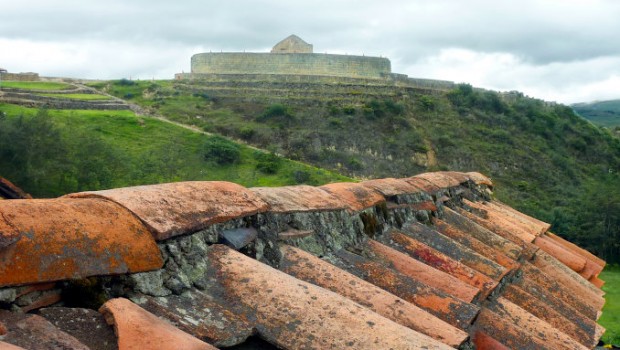
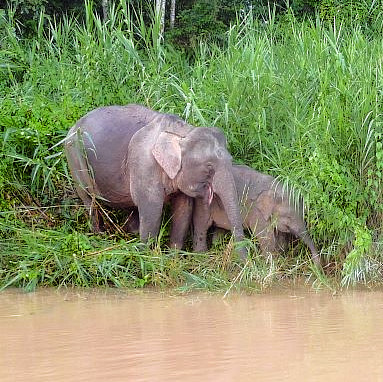
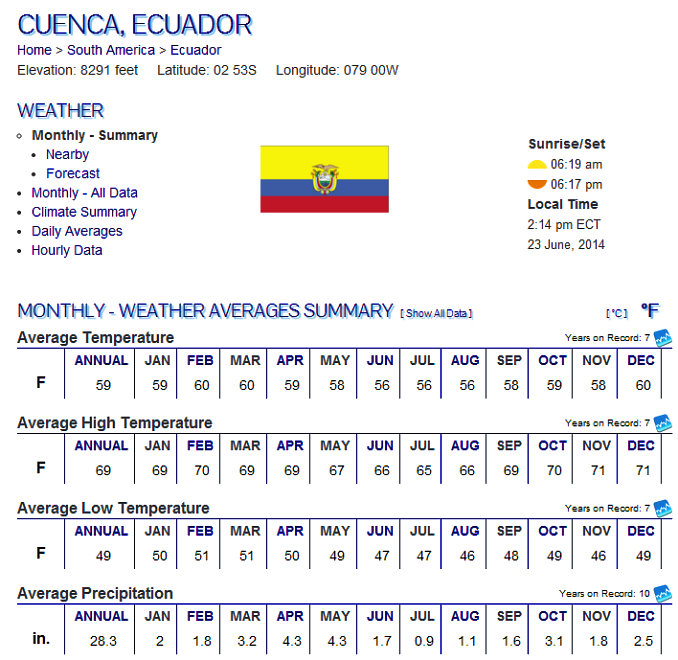
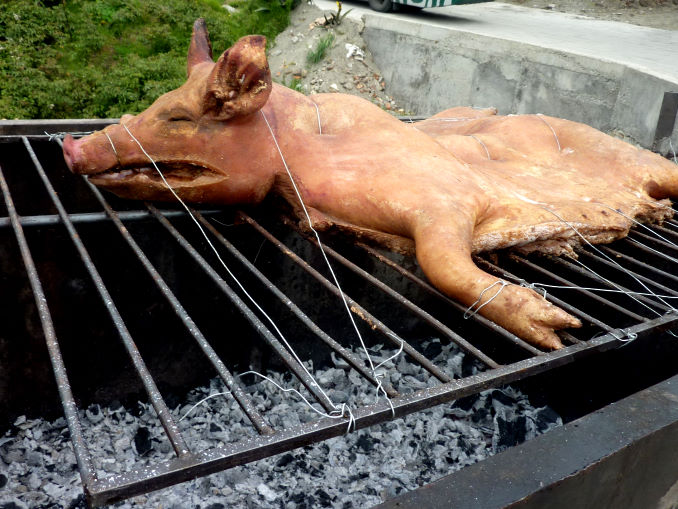
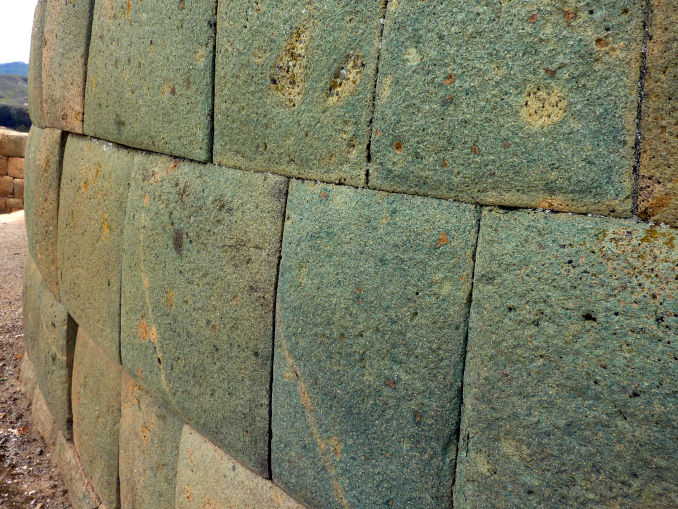
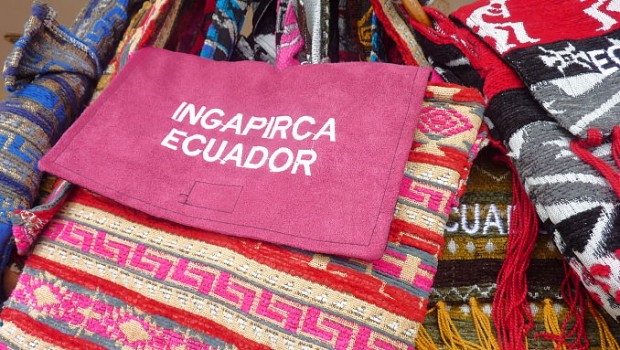
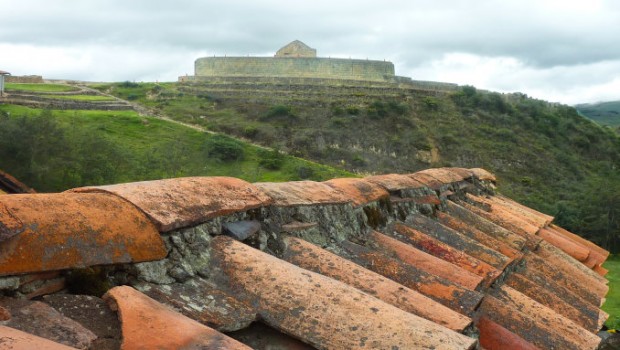
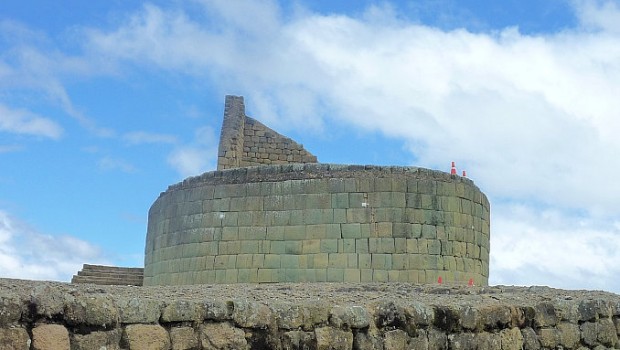
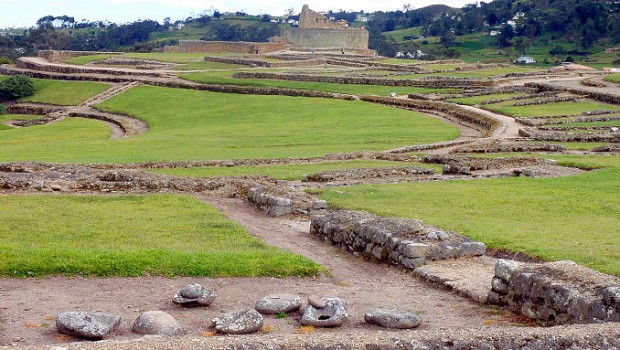
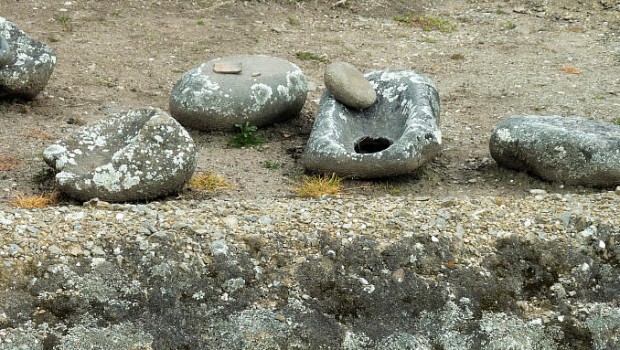
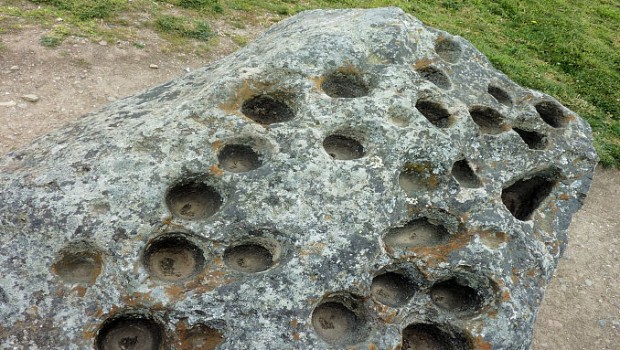
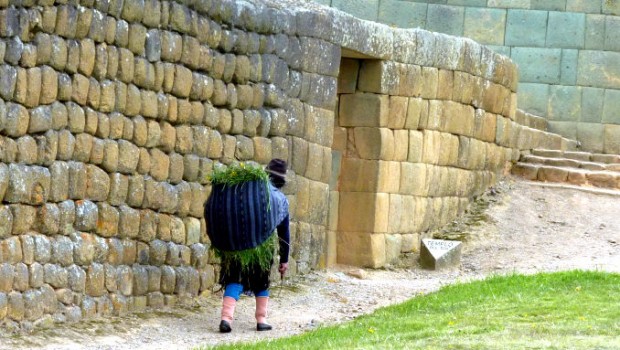
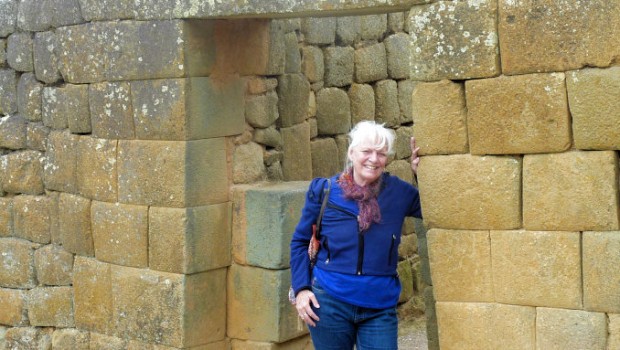
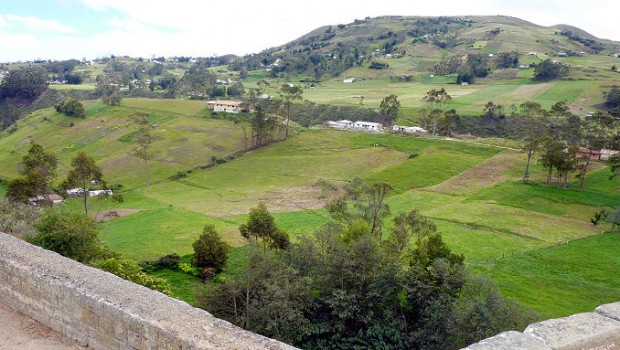
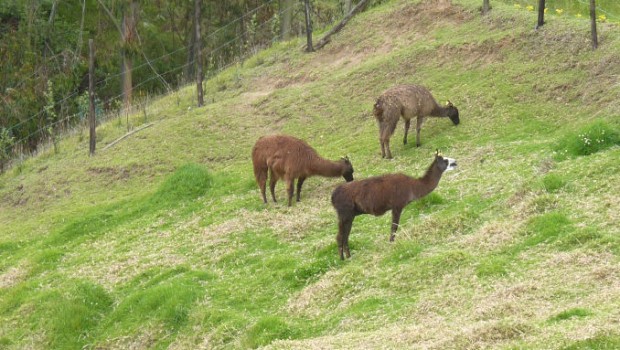
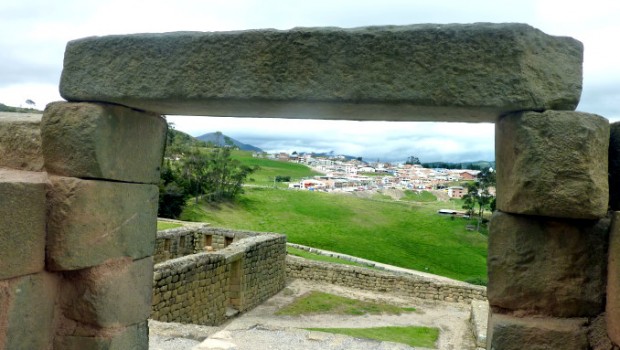

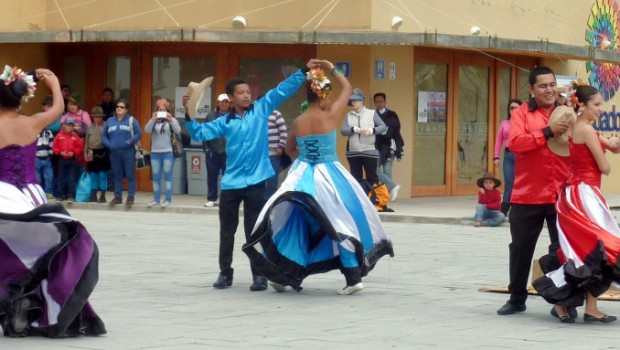
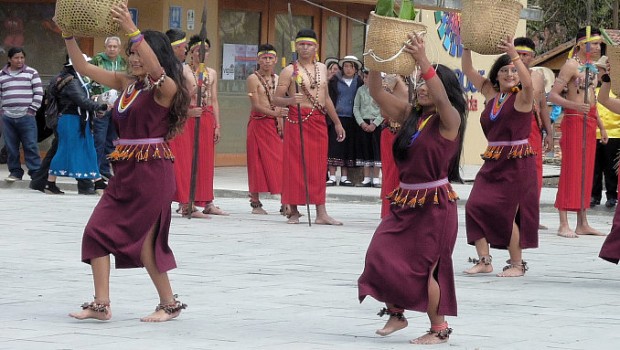
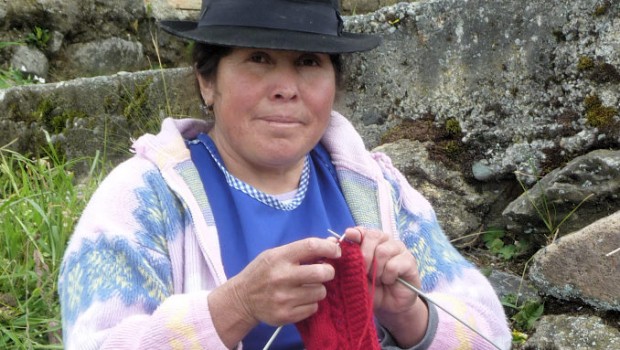
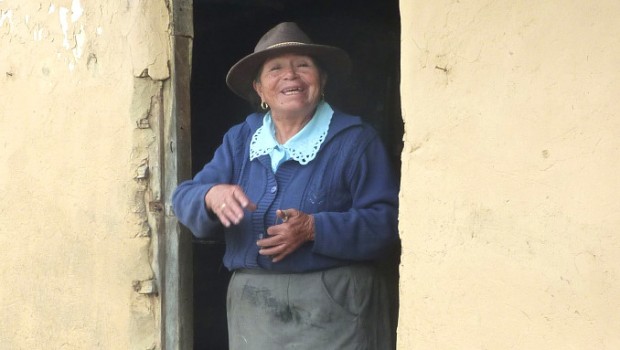
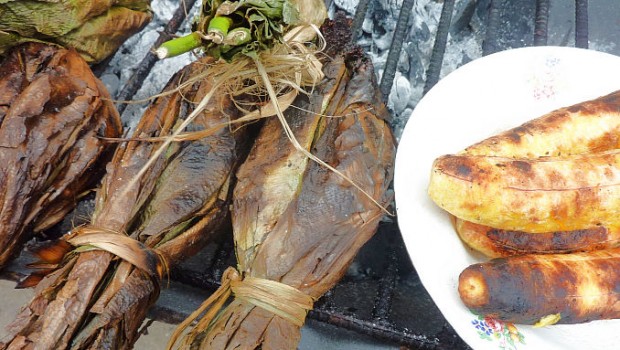

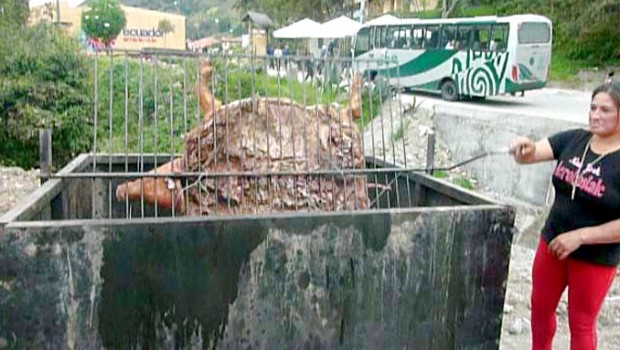
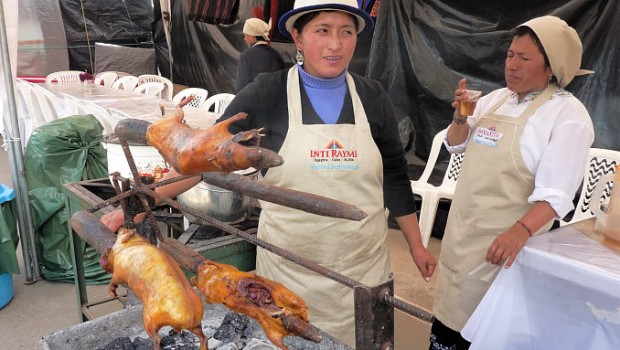


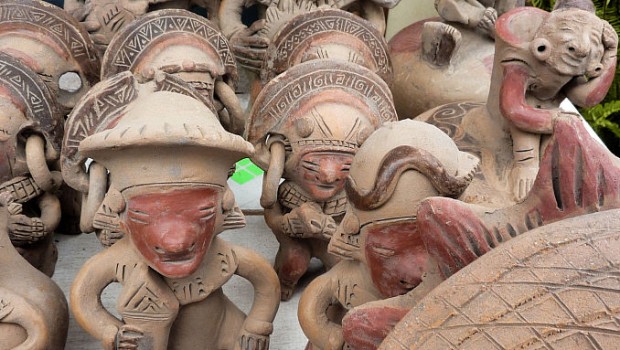

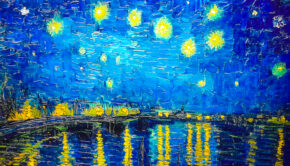
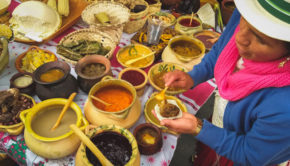
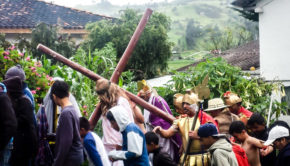
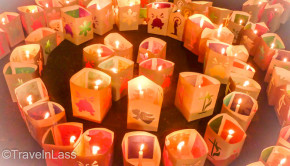
 Off-the-beaten-path travel is my passion, and I’ve always lived life “like a kid in a candy store” – eager to sample as many flavors as I can. Indeed, my life motto has long been:
Off-the-beaten-path travel is my passion, and I’ve always lived life “like a kid in a candy store” – eager to sample as many flavors as I can. Indeed, my life motto has long been:










I love the pictures of the little elephants. You are really a great writter…
Yes Wesley, those little (Pygmy) elephants are surely adorable. And I have LOTS more pics (and even a few video clips!) of them from my visit to Borneo last October.
Shame on me! I’ve just been so busy moving to the other side (and downunder) the Planet (here in Ecuador), I still need to write a couple few posts on both Borneo and my many adventures in Myanmar.
Stay tuned…
Sounds like an interesting day trip—and it’s kind of cool that you get to return to where you live in an Ecuadoran World Heritage City. We were also mightily impressed by the Inca stone work in Peru. There’s a site in Cuzco, where the Spaniards built a church on top of an Inca temple and sure enough, during an earthquake, the Spanish church disintegrated and the Inca walls are still standing.
Hmmm… strange that I had to “approve” your comment Suzanne. Clearly you’ve commented here at TL many times before, so usually that’s enough to get you by my WordPress gatekeeper. 😉
Amazing (though not surprising) that the older, Inca walls withstood the earthquake, while the Spanish church crumbled. I hope to get to Cuzco (and beyond!) now that I’m based on the South American continent.
I used a different email address. My GoDaddy email now forwards to gmail, so I am now using my “Boomeresque” domain email address. Maybe that’s why you had to approve my comment.
Ah yes, likely that’s it Suzanne. Clearly my little WP gatekeeper is only smart enough to recognize email addys already approved. Presumably Mr. gatekeeper will now let either of you addys pass muster w/o delay. 😉
I LOVE the photo of the pygmy elephants! I’ve never seen any before. The Inca face is very interesting as well. You live such an exciting life and I love your posts
Yes Michelle, those Pygmy elephants were a dream-come-true for me. I believe that they are only found on the isle of Borneo, so of course I simply HAD to track them down while I was based on that side of the globe.
Stay tuned as I have LOTS more pics of them – including video.
The stone work of the Incans is so precise and I love the Incan face. Sounds like a great day trip!
Yes Anita, it is their hallmark, and most remarkable. And yes, a beautiful day in the Andes mountains (at 10,000 feet, I got quite a sunburn!)
I loved Cuenca – though I wasn’t there for the festival. The quality of the stonework on their buildings always blew me away – compared to anything you see in Europe – its just so precise and all done by hand!
Yes, Lis – incredible that each block was hand carved so precisely. Indeed, nearby the Sun Temple, are stone walls chiseled by the Canari (the folks who actually lived at Ingapirca before the Inca arrived) and they are far more roughly carved and used mortar.
In short, the Inca truly were master stone masons!
How fortunate to be close enough for this unique festival~
Yes Irene, close enough and right on time for the solstice. Though… I must say, it seems Ecuadorians use any excuse to have a festival or parade – every WEEK!
I’d never heard of Inti Raymi before. Thanks for taking me with you!
Glad you enjoyed “the trip” Carole (sorry, no air mileage points on this one, but hey – the airfare was mighty cheap, yes?) 😉
I’d not heard of Inti Rami before. It sounds very interesting. There are no particular celebrations for Summer Solstice in my home in Canada, although we do enjoy long days with sunlight well into the evening. This year I spent the evening with Finnish friends, at an event unrelated to summer solstice in a hot and muggy community hall. Summer Solstice is a big celebration in Finland, part of which includes time in the sauna. We joked about having the sauna experience in that hall.
Yes Donna, the “Land of the Midnight Sun” (Finland) would no doubt have QUITE the celebration on the longest day of the year (somewhere ’round 19 hrs. of sunlight!)
Not sure why there seems to be little/no festivities around the summer solstice in North America, but I can tell you that here in Ecuador (and I think South America in general) – they use ANY excuse to have a parade and/or celebration. 😉
The Festival of the Sun looks and sounds like a memorable experience.
It was Billie, and that was just the tip of the iceberg (Andes mountain?)? I have much to explore here in my new South American home.
Great post. Sounds like all is moving along quite well. I was just thinking of you. If you’re still interested in online teaching, Dave’s ESL Café has adverts for online teachers – at the breathtaking rate of $12/hour. And, you can be located in Asia, South or Central America.
Well hey Mary – you must be getting set to bounce on over to Myanmar for your new teaching gig soon, yes? I’ll be anxious to hear how it goes.
And thanks for the tip on online gigs. Though I miss teaching EFL, I must admit I’ve been dragging my feet here in Ecuador – finding plenty to do and explore right here in my new home in Cuenca.
What an excellent corner of Ecuador. We lived in Quito for nine months, and never even made it to Cuenca! There’s always more to see.
Really Kristin? And I’ve not (yet) made it to Quito. I’ve heard good things about it though, so hope to get there soon.
What an interesting story about the boulder with the holes in it and the reflection of the moon – and how that allowed them to know the seasons. Really nice photo gallery, I like the photo of the blouse trim – vibrant colors.
Yes Patti, it’s difficult for we of the 21st century to imagine life without a sense of exacting digital time. But ancient cultures like the Incas of course, had only the movement of the sun, moon and stars to know that it was, for example spring, so best to plant that maize now. 😉
Great photo of the Inca face, eyelashes and all.
Yes Nat, it was a huge rock face – and remarkably realistic. Thanks for stopping by.